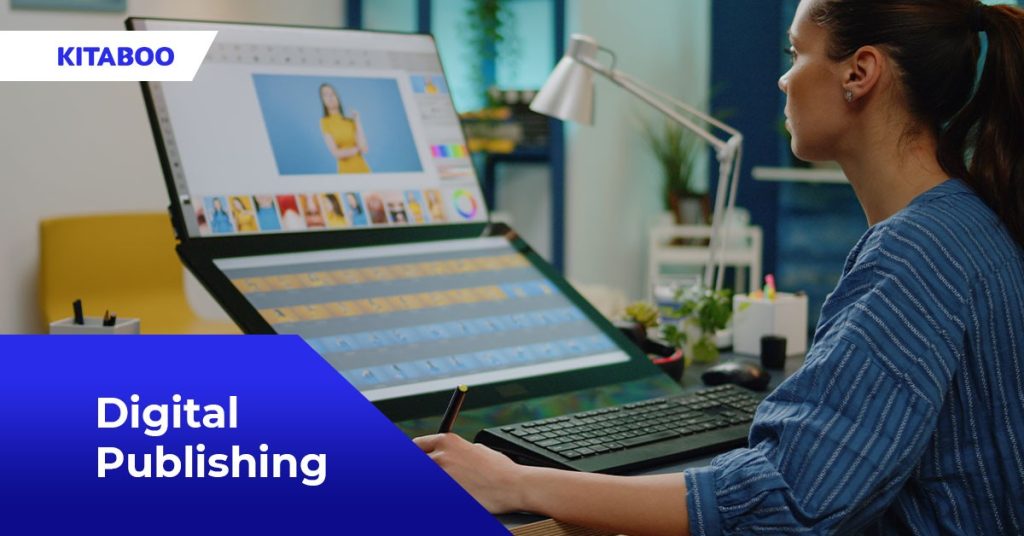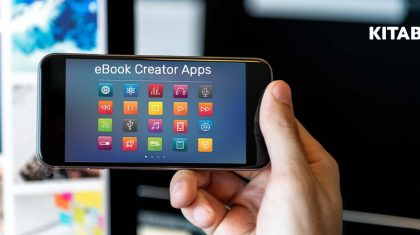
From Chaos to Clarity: Why Formatting and Compatibility Matter in K12 Digital Publishing
Undoubtedly, digital publishing has transformed K12 education. It has offered teachers and students an array of online resources that can be accessed anytime, anywhere, and from any smart device.
However, with this new abundance of digital content, comes a challenge i.e.- Ensuring these resources actually add value to the learning experience. A basic step in this direction is to check the formatting and compatibility of the content.
In this blog, we’ll look further into this, exploring how they impact the overall quality of the learning experience while also providing a few solutions such as the 4A online instructional material evaluation framework and adopting the ePub format. Here’s what we’ll cover.
Table of Contents
The Importance of Formatting in K12 Digital Publishing
For those who believe that formatting is just an aesthetic preference, we’re here to tell you, it’s not. Try reading an unformatted article and you’ll know exactly what we mean.
Formatting ensures that the content is presented clearly and in an organized manner. This is critical in K12 digital publishing as it makes it easier for students to read and understand their educational material.
In addition, content that is formatted well can enhance its visual appeal, making it more engaging and interactive. Proper formatting can also help improve navigation and accessibility, allowing students to locate the information they need easily, saving them time.
One example where proper formatting enhances the learning experience greatly is with multimedia content. When formatted properly, images, videos, and audio clips can make the material visually appealing, resulting in a learning experience that is more interactive and engaging.
This also significantly benefits students with visual or cognitive impairments.
The Importance of Compatibility in K12 Digital Publishing
Compatibility in online education refers to the ability of a resource to be accessed across different platforms and devices, such as cross-platform readers.
In an era where students use a multitude of devices, including laptops, tablets, and smartphones, compatibility is essential to ensure their learning process is not hampered due to technology or the lack of it.
Apart from hardware compatibility, online resources must also be compatible with different software and applications, such as web browsers and learning management systems.
Compatibility with different software allows students to access resources seamlessly. This also ensures that every student, irrespective of the medium they use, can have access to educational resources.
The 4A Online Instructional Materials Evaluation Framework
With formatting and compatibility under control, the question that arises is how does a K12 educational publisher know if it’s enough? That’s where the 4A Online Instructional Materials Evaluation Framework steps in.
This is a tool used to assess the quality and effectiveness of online instructional materials in K12 education. The 4A’s stand for:
- Accessibility: The degree to which students can open view and interact with the material, as per applicable laws. This also addresses how the content can be made accessible to learners with disabilities or linguistic barriers.
- Active Engagement: This addresses if learners are invited to invest effort into learning from a behavioral, cognitive or emotional perspective. It also discusses situations where the content may be engaging but might not have the desired effect on students.
- Advocacy for Inclusion: This refers to how inclusive the material is. The material should reflect diversity with contextual nuance, compassion, and respect. Why inclusion is important is also explained.
- Accountability: This holds the content publisher accountable for the amount of transparency they share. It advises that publishers should clearly state the purpose of the material and also specify how exactly they intend to use the personal information of students.
The 4A framework helps educators, curriculum designers, and other stakeholders to evaluate online instructional materials, including eBooks, educational apps, and other digital resources.
In addition, by including accessibility as one of its key components, the framework reiterates the importance of compatibility in online educational materials.
ePub Is the Answer
With the basics of formatting and compatibility in place, and a framework to guide publishers, all that remains is the actual execution of creating online educational content. To that end, we suggest using the ePub format.
The ePub format is an open standard file format for eBooks that offers features such as responsive design, fixed layout, support for multimedia, interactivity, and broad compatibility with an array of devices and platforms.
Responsive design implies that the style and formatting of the content will automatically adjust to different screen sizes and orientations.
Furthermore, ePub also has a fixed layout feature. This allows the material layout to be locked guaranteeing that the text and graphics are shown strictly as intended. This is useful for eBooks with complex layouts, such as children’s books or graphic novels.
ePub also enables multimedia content like photographs, videos, and audio, enhancing the learning experience and accommodating diverse learning methods. It also supports interactive features such as hyperlinks, quizzes, and animations, which can boost interest and retention.
However, the most significant advantage of the ePub format is that you can convert existing educational material from pdf to ePub without losing the format of the original content.
Summing It Up
Creating educational material is no easy task. Not only does one have to work out the technical aspects of the production process, they also need to make sure that the content adds value to the students’ learning process.
This blog is just the tip of the iceberg with regard to creating K12 digital content.
We at KITABOO, are a digital content creation, publishing and distribution platform, with a focus on educational content. Our dynamic platform allows you to create and distribute interactive educational material with ease. KITABOO also helps you convert your existing content into ePub format.
To know more on how to transform your K12 content from chaos to clarity, write to us at contact@kitaboo.com.
Discover how a mobile-first training platform can help your organization.
KITABOO is a cloud-based platform to create, deliver & track mobile-first interactive training content.


